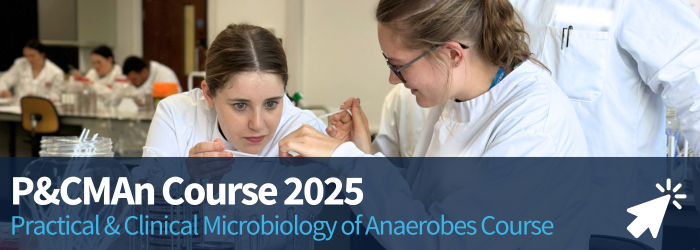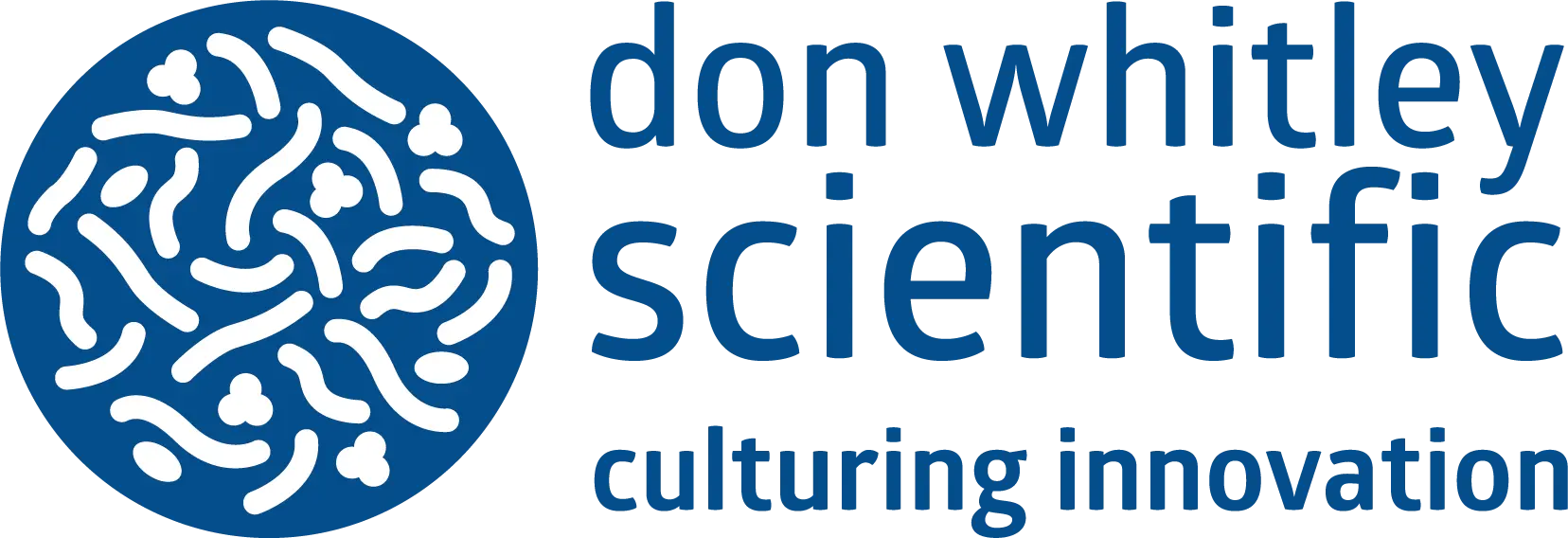
In clinical microbiology, the isolation and culture of bacteria are fundamental processes that significantly influence diagnostic outcomes. Ensuring the accuracy of these processes begins well before the sample reaches the laboratory, particularly when dealing with anaerobic and other fastidious bacteria. Effective sample collection is crucial to maximise the recovery of viable organisms, thereby facilitating accurate diagnosis and appropriate treatment.
The Importance of Proper Sample Collection
The first step in optimising bacterial recovery is proper sample collection. This is especially critical for anaerobic bacteria, which are highly sensitive to oxygen exposure. To maintain the integrity of clinical samples, it is essential to use the right collection techniques and transport media. “Dehydration and exposure to oxygen must be minimised” (Scotford, UK ARU, 2016).
Recent advancements in sample collection methods, driven by an increase in immunocompromised patients, evolving antibiotic resistance, and the emergence of more virulent bacterial species, have underscored the need for precision in every step of the collection process. According to the UK Health Security Agency (UKHSA), an estimated 58,224 people in England had an antibiotic-resistant infection in 2022. There were also 2,202 deaths due to severe antibiotic-resistant infections in England in the same year (GovUK, 2024).
Best Practices for Sample Collection
“Proper collection and transportation of patient specimens will ensure that microbiologists can isolate and identify anaerobic bacteria and determine their antibiotic susceptibility.” (Scotford, UK ARU, 2016). Maximising the viability of anaerobic bacteria requires strict adherence to best practices during collection. Our knowledge of the proper collection and transportation of anaerobic samples is informed by our own microbiologist’s experience and our longstanding association with the experts at the UK Anaerobe Reference Unit.
Key considerations include:
 |
1. Minimising Oxygen Exposure: Oxygen exposure can rapidly decrease the viability of anaerobic bacteria. Choosing the appropriate transport medium is critical to preserving the sample's integrity during transit. |
 |
2. Using Reliable Collection Tools: DWS is a UK distributor for Copan’s liquid-based microbiology products, including the eSwab® collection system. The eSwab® combines a FLOQswab® and transport medium in a compact, automation-compatible design. This system is particularly effective due to the liquid Amies solution and Nylon® swab fibres, which help maintain organism viability by eluting the collected material into the Amies medium, for even sample distribution. This ensures that the sample can be taken directly from the liquid, preserving its quality. |
Processing and Automation
The transition from collection to processing is another critical phase in sample handling. Utilising automated swab processing systems, such as those compatible with the eSwab®, reduces the risk of human error and contamination. Additionally, automation minimises the time between collection and incubation, which is vital for preserving the viability of anaerobic bacteria.
Whether processed manually or through automation, it is essential to place samples into the correct environment as soon as possible. Whitley Anaerobic Workstations provide an optimal environment for processing and incubating samples, ensuring that anaerobes remain viable and that diagnostic results are accurate.
Ensuring Proper Incubation
Incubation of inoculated culture media must occur in anaerobic conditions within 15-20 minutes to prevent the loss of viability in anaerobes. In fact, “oxygen exposure will kill some strict anaerobes within 20 minutes” (Scotford, UK ARU, 2016). Prolonged exposure to air can significantly compromise the survival of all but the most resilient anaerobes. Therefore, laboratory procedures should be adapted to ensure rapid and controlled incubation.
DWS offers a range of anaerobic workstations and anaerobic jars, complemented by the Whitley AtmoGen, a jar gassing system, to provide the precise incubation conditions required. The Whitley Anaerobic Workstations effectively remove oxygen and maintain temperature and humidity, ensuring that samples are maintained under optimal conditions throughout the incubation period.
Conclusion
Proper sample collection, processing, and incubation are critical to the successful isolation and identification of anaerobic bacteria in clinical settings. By following best practices and utilising advanced tools like those offered by DWS, laboratories can significantly enhance the accuracy and reliability of their diagnostic processes.
Free printable on sample collection
Free printable anaerobe posters
For more information or to discuss how we can facilitate your sample process, please contact DWS through the form supplied below, or to browse our offering please see related products below.

Sources:
GovUK. (2024). Antibiotic resistant infections and associated deaths increase. Antibiotic resistant infections and associated deaths increase - GOV.UK (www.gov.uk)
Scotford, S. (2016). Optimising Specimen Collection and Transportation for Isolation of Anaerobic Bacteria. Guidance for Clinicians _A3 (dwscientific.com)


 en
en

 English
English